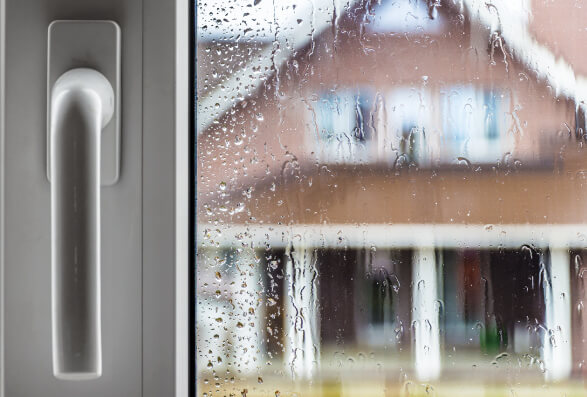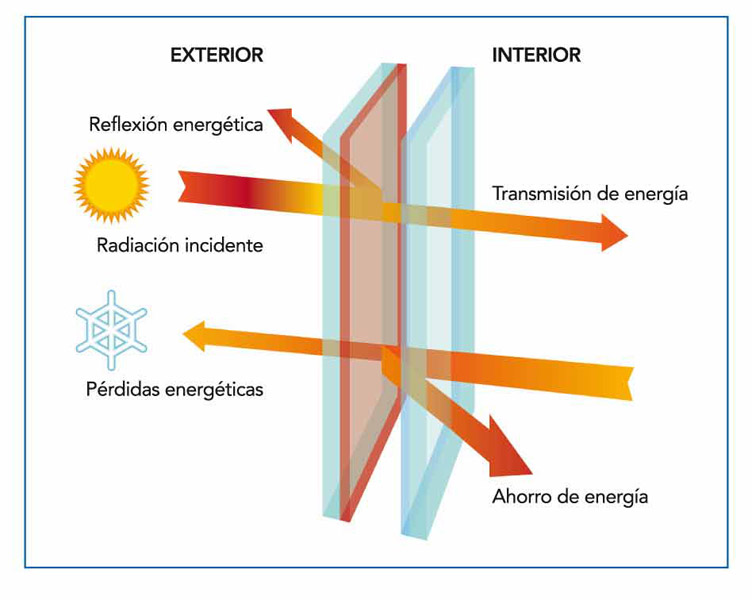How to improve the isolation of your home

Are you cold at home? Shelter your home, renew structures, get a better match to the orientation, know which materials can offer better performance, reinforces the insulation and waterproofs the most exposed areas. We give you all the keys to insulate from the cold a house is basic to guarantee the comfort and with some works not excessively expensive and some simple advice the difference can be noticeable. Take note!
Advantages of good insulation
It reduces the heat losses that the house has. And therefore, it reduces the consumption of gas or electricity (depending on the heating system that our house has), and the consequent billing.
It avoids the hot air intake from outside in summer. By isolating cold walls, you also get a benefit in summer. A good isolation will be one that, not only manages to avoid the escape of hot air in winter, but also maintains a cool temperature in the interior of the House in summer (reducing the need for use of air conditioning). How to get both benefits? Choose reinforced thermal insulation glasses for your windows, such as those that make you available CLIMALIT. They will allow you to leave the cold outside the house in winter, and in summer, keep the temperature inside without in the heat.
Greater acoustic isolation. By isolating walls from the cold you can also use materials that allow us to soundproof. In this way we will achieve a quieter, peaceful and pleasant home to rest.
Isolation of walls
Cracks and gaps
Interior insulation is a critical component of home energy efficiency. Investing in the privacy of your home is often the most profitable improvement you can make.
The cracks and gaps in the walls are equivalent to having an open window of 1.5 x 1 meters constantly. This type of damage is responsible for the loss of 15% to 25% of the heat. Therefore, sealing the cracks and gaps in the House that can enter the cold air will make you save a lot of money. And the best of all is that the materials you will need for this are very economical.
Good insulators
The thermal inertia is the property that have the materials with mass-that is to say with thickness and density-to accumulate heat, reserving inside to emit it to the environment after a few hours. In this way, the house is self-regulating, achieving a stable temperature throughout the year and, therefore, a lower heating expenditure.
The insulation of the walls of a house can be a savings of up to 45% in heating and air conditioning, therefore, to carry out works of this type at home is an investment that is amortized in the short term.
In Acertus we usually opt for the system of Transdose on the walls of the house, an insulation lifting inside a double wall based on profiles and laminated plaster plates that serves as “brake” to prevent the heat from escaping from housing through what s pores of building materials. This solution will subtract a few centimetres of space, but it is a good solution for thermal and acoustic insulation problems.

The most common type of transforming used in the construction of houses is the self-supporting transdose, because with it, there is a notable improvement of acoustic and thermal insulation in the wall applied. In other cases you can also use direct and semidirects (plates attached to the wall or plates screwed to teachers respectively)
Self-Supporting transporter consisting of a resistant structure made of galvanized steel, on which it is screwed, by the face of the house, one or more plasterboards of different thicknesses. In the walls of facades incorporates inside the insulating material, to give improvements in the thermal and acoustic characteristics required.
Direct work is the construction unit made by “gluing” directly to the wall plasterboards, which in the case of facades are usually installed plates with insulating material incorporated to give the thermal characteristics.
The semi-direct work unit corresponds to the built in construction, fixing the “Omega” plasterboard profiles directly to the wall, on which one or several plasterboards are screwed. In the case of facades, plates with built-in insulating material are usually installed to give the thermal characteristics.
Pay attention to the enclosures

The condensation effect on the inside of the crystals is due to the difference in temperature between the exterior and the interior. It is another fundamental point by which energy is lost. The most insulating carpentry are the PVC and the wood, followed by the high end aluminium with thermal break (RPT).
It would also be advisable to set a frame for the window to fit perfectly. But it also influences the thickness of the profiles and the degree of watertightness that is obtained with the design of the same. Finally, it is advisable to adjust the size of the gaps according to the weather, the exposure of the house and the orientation. On the other hand, a very divided leaf has more losses than an entire leaf.

In our article: PVC or aluminum? Renew your Windows without fear! You will find a practical guide to choose the type of enclosure that most fits to the needs of your home.
We can focus on both thermal and acoustic insulation issues. Count on us without commitment!
